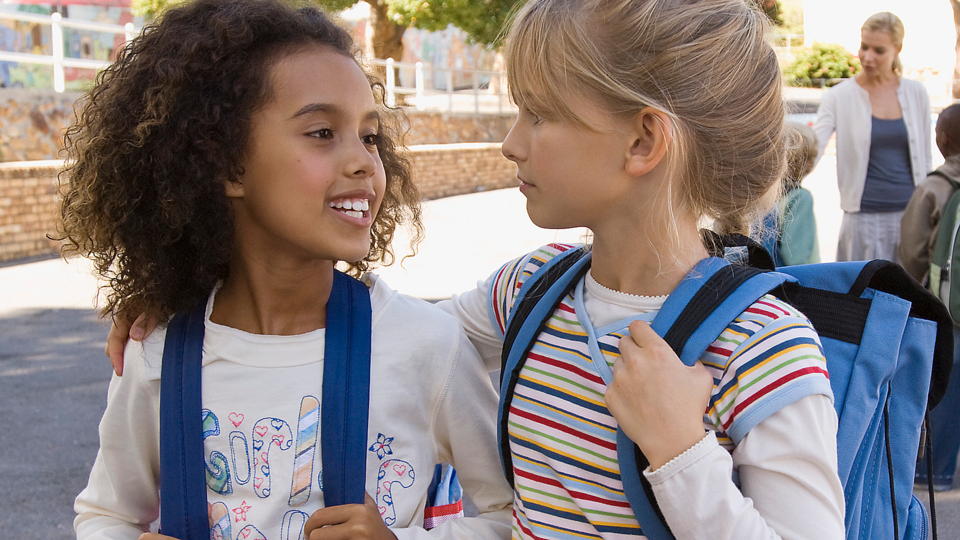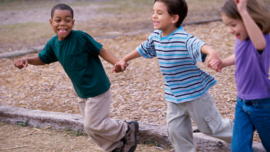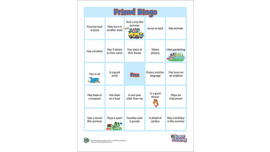Friendship academy

Start kids off right for a lifetime of healthy relationships.
In my seven years of classroom teaching, I have learned that academics are just one part of providing a well-rounded education. Developing good social skills—such as learning how to work well and communicate with others—is equally as important at this impressionable age. Part of that education is learning how to make friends and to be a good friend.
Although young children often talk about their friendships, they generally don’t have a true understanding of what a good friend actually is. I often see children in the classroom wielding friendship to get what they want (“Choose me and I’ll be your friend”) or to hurt feelings (“You’re not my friend anymore”).
Friendship is a skill that can and should be taught at a young age. Here’s how.
Tips for teaching children about friendship
- Talk about it. Discuss characteristics and examples of being a friend. You may want to write down the list of characteristics you come up with, so you can refer to them when you see your child displaying one of them.
- Model friendly behavior. Show how to be a good friend by being one yourself. Call a friend on the phone and ask about how their day was. Then, ask your child who they would like to call on the phone. Write a “Thinking of You” email or card to one of your friends and then have your child do the same with one of their friends. Young children can write a few nice words or draw pictures.
- Role play. Act out how you would behave in different scenarios. Then, after they have watched, give them the opportunity to try.
- Be a friendship “coach.” Encourage and praise your child when you see them displaying characteristics of friendship. For example, "I love how you shared your ball with Molly while we were at the park today. You sure know how to be a good friend."
- Read books on friendship. NAEYC publishes a great list of children’s books that focus on friendship.
- Search the web. The Kids Matter site has some great resources on kids’ friendships.
- Play. Allow your children to practice their new friendship skills by providing opportunities for them to play with other children that are close in age. Go out or invite friends over so your child can gain more friendship experiences.
Helping your child learn positive friendship skills will make your child feel happier, have more self confidence and may even be more successful in school.
What do you think makes a good friend?
What’s the best thing a friend ever did for you?
What characteristics of a friend did your little one come up with?
Your friend,
Shelby Moore












